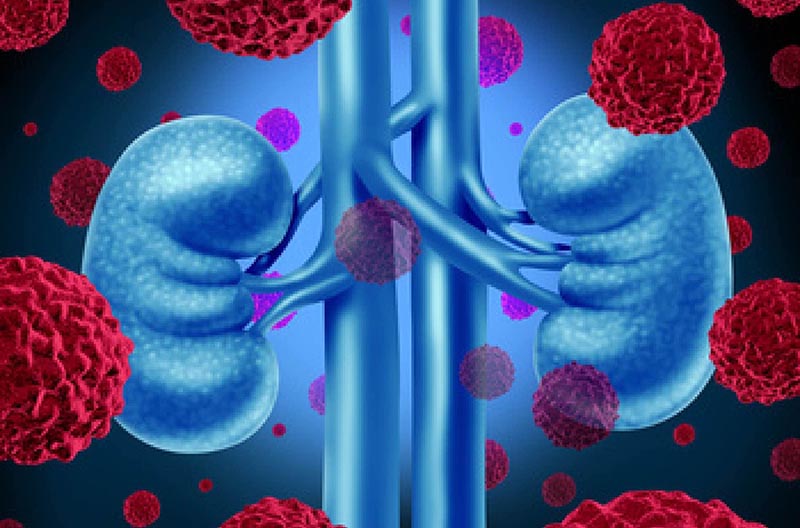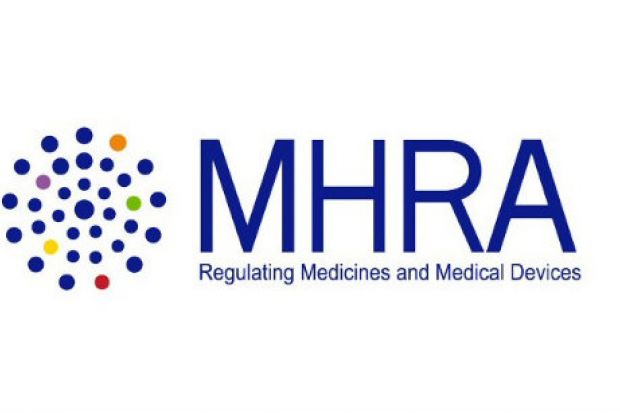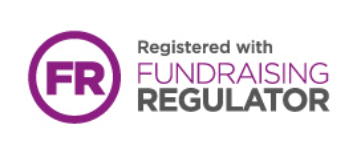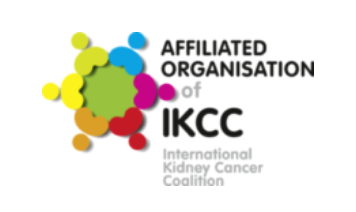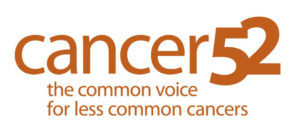Share this Page:
The Scottish government has announced a set of measures aimed at giving it more flexibility in offering patient access to new expensive medicines for rare and end-of-life conditions.
Copyright 2016, Informa Business Intelligence, an Informa company. All rights reserved.
The Scottish government has announced a set of measures aimed at giving it more flexibility in offering patient access to new expensive medicines for rare and end-of-life conditions.
The measures include allowing the health technology assessment body, the Scottish Medicines Consortium, to give such products a conditional approval for use on the Scottish National Health Service on the basis of interim data, subject to ongoing data collection and future reassessment, where before it might have rejected them.
But at the same time the SMC will lose its role in deciding on the availability of “true ultra-orphan” drugs – i.e., those intended for one of a small number of very rare conditions – where normal cost-effectiveness criteria may not apply.
Other measures to be taken include earlier price discussions with pharmaceutical companies on ultra-orphan drugs, wider use of more complex managed access schemes rather than simple discounts, and a greater role for patients in SMC decision-making processes.
In addition, a “multi-agency” taskforce is to be set up involving all stakeholders to discuss how to take advantage of the opportunities arising in future through the way that new medicines are introduced to the market.
The moves are the outcome of the Review Of Access to New Medicines, which was conducted by Dr Brian Montgomery and published on Dec. 14. They were announced by Scottish health secretary Shona Robison, who said she would be taking forward all the recommendations made in the report.
Access to new drugs for rare or end-of-life (EOL) conditions has substantially increased in recent years, but “we wanted to go further”, Robison said. “The reforms I am announcing today will help more patients to get better access to treatments that can give them longer, better quality lives.”
While acknowledging that the Scottish government, the SMC and the NHS had “worked hard” to reform access to new medicines, Robison said “we now need pharmaceutical companies to do their bit by bringing forward much fairer prices for new medicines so that access is as wide as possible for the people of Scotland.”
Sandra Auld, Scotland director of the Association of the British Pharmaceutical Industry, welcomed the review, saying that it had focused on “what is best for patients, a focus we endorse” and that the review had been run in an “open and consultative manner.” She particularly praised the plans for earlier price discussions and the alternative pathway for ultra-orphans.
“We now need pharmaceutical companies to do their bit by bringing forward much fairer prices” – Scottish health secretary Shona Robison
How Is The System Working?
The review was set up to look at how changes to SMC processes introduced in 2014 have improved access to drugs for rare and end of life conditions, and at how the whole system for getting patient access to new drugs quickly is working.
The 2014 changes were made after a “Task and Finish Group” (T&FG) was set up in 2013 to review the SMC’s processes. It made nine recommendations, including new definitions for EOL and ultra-orphan drugs and a new decision making framework for assessing them, all of which were accepted. The changes were known collectively as the “new approach.” (“Three ways Scottish HTA reforms could benefit pharma” “Scrip” )
At the same time, health boards were give greater flexibility in considering drugs for Individual Patient Treatment Requests (IPTRs), which further increased access, while the Rare Conditions Medicines Fund was replaced in October 2014 by the New Medicines Fund to support cost of EOL, orphan and ultra-orphan medicines.
Following the changes, 26 new drugs were approved under the new processes, but it was felt that with new treatments coming to market it was time to assess progress to date and ensure the systems were keeping pace and meeting patient expectations.
One of the recommendations of the T&FG was an independent review of experience with the new approach, which is the one announced on Dec. 14. Montgomery was tasked with answering two general questions: Has the new approach adopted by SMC increased access to end-of-life, orphan and ultra-orphan medicines? And how might systems and processes be further improved?
Montgomery said the key finding of the review was that access to products for EOL and ultra-rare diseases had increased as a result of changes to SMC processes, but that there were challenges ahead in maintaining the increased level of access in future, “particularly at a time when an increasing number of exciting new treatments are expected to become available for a number of conditions.”
The review also found that the general consensus among stakeholders consulted was that the changes implemented through the new approach were welcome, appeared to have increased access but would benefit from further development.
Montgomery, former medical director at NHS Fife, stressed that the SMC’s role was not in itself being questioned, and that the “comments in the report refer to changes and improvements in the SMC’s processes as they relate to the small number of ultra-orphan medicines under consideration.”
New Assessment Pathway For Ultra-Orphans
A key issue found in the review was that while access to ultra-orphans had increased, this was not necessarily as a result of the SMC process – new drugs were frequently approved using IPTRs and the newer Peer Approved Clinical System (PACS) to approve drugs rejected by the SMC.
“Despite the new approach the SMC process is not providing patients with increased access to true ultra-orphan medicines,” the review said, adding that “these medicines are failing to satisfy any test of cost effectiveness. As stated elsewhere this potentially calls to question the role of SMC in the assessment of these medicines.”
Therefore, an alternative pathway is needed for “true ultra-orphans” that “preserves the integrity of SMC and its processes yet achieves the intended level of access to these medicines,” the review said. “The ability of SMC to undertake a robust assessment of clinical and cost effectiveness is not in question” but “it may be that SMC should no longer be the group or process responsible for making the final decision about availability.”
Decision-making “could potentially take the form of a single national PACS for ultra-orphans,” with a single PACS panel making the decision, it said. “This arrangement would ensure that SMC still contributes to the HTA process but is no longer the final arbiter on availability for true ultra-orphan medicines.” Given the small number of cases likely to be involved, “there would be merit in having a single PACS panel for true ultra-orphan medicines for NHS Scotland.” The SMC’s role would be limited to the actual health technology assessment.
The ABPI welcomed the idea of an alternative assessment pathway for ultra-orphans. Auld said it was “one that we feel could make a real difference to patients accessing these medicines.”
Pricing And Managed Access Schemes
As for the SMC’s role in drug pricing, the review said that its “primary role should remain HTA” and that it “should not be involved in commercial negotiations.”
On pricing matters in general, the review said that stakeholders were “realistic about the competing priorities involved and recognised that the challenge is how to best manage the interface between NHS Scotland and the pharmaceutical industry. A situation where NHS Scotland seeks to optimise its use of a finite resource subject to ever-increasing demands while the pharmaceutical industry operates in a competitive commercial environment and seeks to maximise return on its investment and meet the expectations of its shareholders.”
Industry was keen to explore more formal use of managed access schemes (payment by results) rather than the fairly simple patient access schemes (discounts) that are generally used. This would help the system cope with expected changes “in the way that new medicines will enter the market in future.”
Montgomery said that NHS Scotland had been reluctant to take this route, fearing that managed access schemes were too complex, labor intensive and costly, but that it was going to be “difficult to maintain this position” and complex patient access schemes and other managed access schemes should be explored. The review also suggested that price discussions needed to begin “earlier in the pathway of a medicine’s introduction” and should involve more stakeholders than just NHS Scotland and the pharmaceutical industry.
“As well as addressing issues of cost and affordability a suitable new process will be better able to address issues such as horizon scanning, optimal use of the medicine, outcomes, value and whole system impact,” the review said. “Any future mechanism to set pricing has to possess a level of sophistication capable of dealing with issues such as multi-indication pricing and managed access schemes.”
The ABPI’s Auld praised the call for earlier collaboration between NHS Scotland and the pharmaceutical industry in bringing new medicines to market, which she said would be “important in reducing delays for patients gaining access to new medicines.” She said the ABPI was looking forward to working with NHS Scotland on how this early engagement can be introduced to the process and to ABPI Scotland’s involvement in the new multi-agency taskforce.
“Conditional Yes”
In this context, the review also suggested giving the SMC another decision option: a “conditional yes” based on the available data but subject to further evidence gathering and analysis to justify its continuing use on the NHS.
It was suggested during the consultations that one of the limitations of the current system is the number of decision options open to SMC, the review said. “The choice is effectively binary albeit that an approval decision can be associated with restrictions. It was felt by some that giving SMC an option to give a conditional yes would helpfully enhance the nature of price negotiations and pricing strategies and would be compatible with a move to the adoption of MAS.”
This would also fit with MAS as used elsewhere, including in NHS England, it said. “The SMC would have the option to approve a medicine subject to ongoing data collection and evaluation with the option that if the medicine failed to deliver the anticipated outcomes the pharmaceutical company would refund the costs and the medicine would have its use restricted or would be withdrawn.”
However, some reservations were expressed about the ability to withdraw a medicine that had not lived up to expectations once it had been established in practice. Nonetheless, “it was conceded that such a system would have to be explored particularly in relation to the anticipated introduction of medicines in the future where a medicine would be licensed on the basis of demonstrating potential but before having a conventional evidence base established.”
Other Moves
Outside the scope of the review, the health secretary also announced some improvements to the processes used to grant non-routine access to medicines on an individual, case-by-case basis.
With the PACS initiative now rolled out across Scotland following a pilot in Glasgow in 2015, Robison said, a second tier of PACS will now be introduced “to replace and build upon” the IPTR system for products except ultra-orphans.
Each PACS board will operate tier two for its own area, and the individual board appeals process will be replaced by a new national appeals system. This system will include “consideration of equity of access with other parts of the UK as a material part of its decision-making process.”
The tier two PACS guidance will make it clear that decisions on non-routine access “must not include cost effectiveness as part of the consideration.” Tier one of PACS will be retained for access to ultra-orphans.
Copyright 2016, Informa Business Intelligence, an Informa company. All rights reserved.


